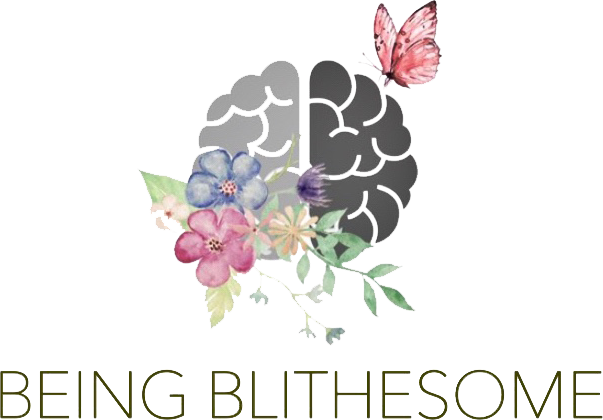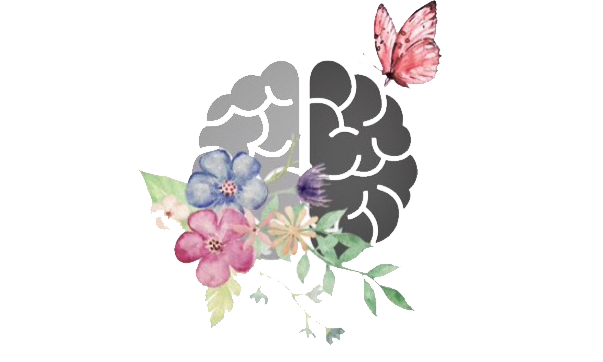Thinking traps are patterns of thought – usually with a negative swing – which prevent us from seeing things as they really are. Otherwise known as cognitive distortions, thinking traps are often deeply ingrained in our psyche.
By twisting our thoughts, they can make us easily jump to conclusions and make bad decisions – preventing us from seeing the bigger picture. Like this, we can wind up trapped in a vicious cycle with the potential to alter both our mood and the way in which we experience the world around us.
Cognitive Behavioral Therapy (CBT) is a type of therapy which holds that our moods and the way we feel day-to-day is impacted by our thoughts and behaviours. In other words, if we can change the way we think, we’re going to change our behaviour which has the power to alter our mood and the way we navigate the world.
Mastering our thoughts, then, is one of the most powerful things we can do if we want to take ownership over our lives.
Let’s take a closer look at some of the most common thinking traps. Understanding what a thinking trap looks like is going to help you get better at identifying them.
Common thinking traps – examples of thinking errors
All-or-nothing thinking – seeing everything as black and white. An example might be, “I got fired. I’m rubbish at everything”. In other words, if a situation doesn’t go exactly to plan, you immediately deem it a failure. The problem is, life isn’t black and white – it’s important to be able to see the shades of grey in between.
Replace this with: “Nothing in life is perfect. Even though I didn’t get the job, it doesn’t mean I’m a failure. There are better things to come”.
Emotional reasoning – believing emotions to be evidence of the truth. As we explained before, how you feel is normally closely tied to the way you think. So just because you’re feeling rubbish doesn’t mean life is rubbish. An example might be, “I feel useless, and therefore I am useless”.
Replace this with: “My feelings are not objective evidence for reality. I can accept all of my feelings but still move forward”.
Mind-reading – immediately assuming that someone is thinking something negative about you without having any evidence for it. i.e. you’re jumping to conclusions.
Replace this with: “I can’t read minds”.
Fortune-telling – predicting situations with only negative outcomes. An example might be, “I’m definitely going to fail the exam today”.
Replace this with: “No one can possibly predict the future”.
Labelling – wrongly attributing a negative label to either yourself or someone else. An example might be, “I’m a failure” instead of saying “I failed the exam”.
Replace this with: “No one deserves to be judged”.
Overgeneralization – whenever something difficult happens you think it’s going to happen over and over again. An example might be saying, “why does this always happen to me?” This thinking trap particularly likes words like ‘never’, ‘every’ and always’ so look out for them.
Replace this with: “I’m overgeneralizing here. It’s very possible that something different will happen next time”.
Personalization – wrongfully assuming responsibility for something. An example might be, “It’s my entire fault we didn’t have pudding because I forgot the ice cream”.
Replace this with: “It’s nobody’s fault”.
What if thinking and anxiety
Anxiety is very closely tied to a thinking trap known as catastrophising. Most people will catastrophise from time to time but this kind of thinking is going to be much more prominent in someone suffering from an anxiety disorder. Triggers often centre around ambiguity – perhaps receiving a vague text from a partner, getting ill and suspecting it’s something much worse etc.
This kind of thinking can often be traced back to childhood – for example, growing up with a lot of unpredictability and instability. CBT can be helpful in learning how to manage these thoughts but digging a bit deeper in longer-term therapy can also be beneficial in these cases. Thinking traps psychology tools – steps to take
Acknowledge that difficult things happen in life – sometimes this acknowledgement alone can be liberating.
We simply can’t control everything – ups and downs are an inevitable part of life – but what we can do is change the way we respond.
Identify your thinking traps – get really clear on the specific thinking traps you have a tendency to fall prey to. It can help to keep a mood diary to keep track of moments when you’ve been feeling happy or sad and what immediately preceded those feelings.
Play devil’s advocate with yourself – ask as many questions as possible before jumping to conclusions. Ask yourself “is this thought I’m having a fact or is it an opinion?” Most thoughts are actually opinions rather than fact. Not all thoughts need to be taken seriously.
Talk to yourself as you would a friend – most of us would never dream of speaking to a friend the way we speak to ourselves. Be kind to yourself, and try rooting for yourself in the same way you would do a friend. Try using a mantra like, “I believe in you” when self-doubt kicks in.
Say ‘stop’ when worry-ridden thoughts take over – when you notice yourself getting lost in anxious thoughts try saying ‘stop’ out loud as a cue to consciously interrupt your thoughts.
Practice self-care as much as possible – thinking traps tend to get worse the more rundown and tired we are. Make sure you’re doing things that top up your “energy bank” and fill you with a sense of enjoyment and wellbeing.
If left unchecked, thinking traps can spiral and play tricks on us – and leave us feeling trapped. If you’re feeling down or like you’ve fallen into a pattern of habitual negative thinking, it’s really important to seek help. A therapist can help you challenge and overturn thinking patterns that are holding you back so you can begin to realize your full potential.


